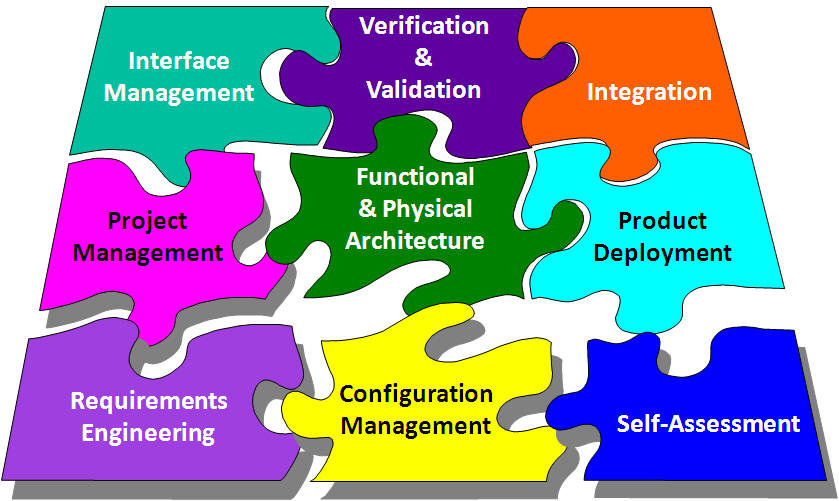Notice: This Wiki is now read only and edits are no longer possible. Please see: https://gitlab.eclipse.org/eclipsefdn/helpdesk/-/wikis/Wiki-shutdown-plan for the plan.
Systems Engineering the Autonomous Rover
Introduction
In this version of the Autonomous Rover Case Study, we work with the ISO/IEC 29110 Systems Engineering Life Cycle Basic Profile, taken from the Generic Profile Group. The first step you will want to take, then, is to download and review the following document from the ISO Free Download page:
- ISO/IEC TR 29110-5-6-2:2014 (Systems and software engineering -- Lifecycle profiles for Very Small Entities (VSEs) -- Part 5-6-2: Systems engineering -- Management and engineering guide: Generic profile group: Basic profile)
- ISO/IEC TR 29110-5-6-2:2014 Free Download Link
Step 0 Case Study Set-up
To complete the Autonomous Rover Systems Engineering Case Study, you will need to install the following tools:
- to Eclipse Requirements Management Framework (RMF) with the ProR Graphical User Interface as a minimum;
- the Papyrus SysML modeling tool.
You will also need to clone the Autonomous Rover Systems Engineering Case Study Repository at:
GitHub Polarsys Autonomous Rover Systems Engineering Case Study Repository
Case Study Steps
The Systems Engineering Autonomous Rover Case Study is divided into 10 modules corresponding to each of the ISO/IEC 29110 Deployment Packages for Systems Engineering, as follows:
- Step 1 Requirements Engineering
- Step 2 Functional and Physical Architecture
- Step 3 Interface Management
- Step 4a Software Engineering the Autonomous Rover
- Step 4b Electronic Engineering the Autonomous Rover
- Step 4c Mechanical Engineering the Autonomous Rover
- Step 5 Integration
- Step 6 Verification and Validation
- Step 7 Product Deployment
- Step 8 Configuration Management
Module 4 is articulated for the various engineering disciplines to which system elements may be flowed down.
Although they are not directly involved in the execution of the Case Study, the last two DPs are included below for completeness:

